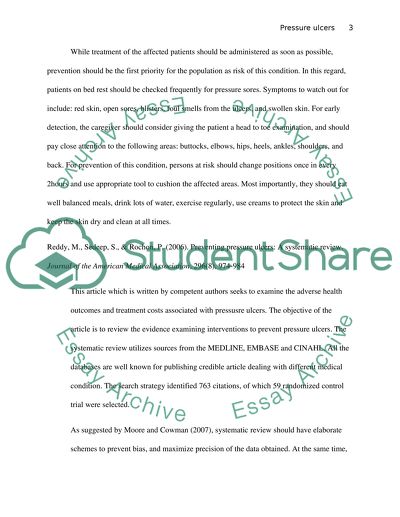Cite this document
(“Annotated bibilography on evidence based research-pressure ulcers Essay”, n.d.)
Retrieved from https://studentshare.org/nursing/1492222-annotated-bibilography-on-evidence-based-research
Retrieved from https://studentshare.org/nursing/1492222-annotated-bibilography-on-evidence-based-research
(Annotated Bibilography on Evidence Based Research-Pressure Ulcers Essay)
https://studentshare.org/nursing/1492222-annotated-bibilography-on-evidence-based-research.
https://studentshare.org/nursing/1492222-annotated-bibilography-on-evidence-based-research.
“Annotated Bibilography on Evidence Based Research-Pressure Ulcers Essay”, n.d. https://studentshare.org/nursing/1492222-annotated-bibilography-on-evidence-based-research.


